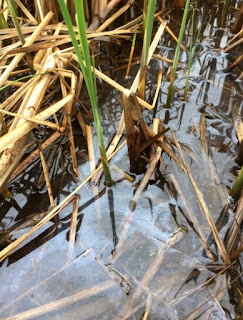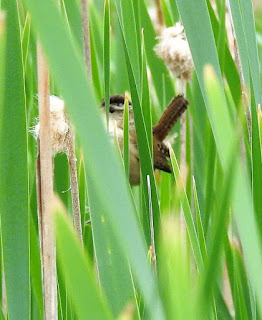Yellow-bellied sapsuckers

Nature News: Yellow-bellied sapsuckers really have yellow bellies Published May 22 2019 seacoastonline.com/Portsmouth Herald/the York Weekly/Fosters Daily Female yellow-bellied sapsucker lacks red throat. Sue Pike photo I had hummingbirds show up in my yard well before many of the flowers had bloomed - usually once the quince bloom you can count on seeing ruby-throated hummingbirds shortly thereafter. This year the hummingbirds were first. While I don’t know for sure where they were getting their sugar supply (perhaps hummingbird feeders) an interesting fun fact is that hummingbirds will often follow yellow-bellied sapsuckers in their migration north. According to the Cornell Lab of Ornithology” “The sapwells made by Yellow-bellied Sapsuckers attract hummingbirds, which also feed off the sap flowing from the tree. In some parts of Canada, Ruby-throated Hummingbirds rely so much on sapwells that they time their spring migration with the arrival of sapsuckers. Other bi...





